This is how tabasco sauce made it in MREs
- By Travis Pike
Share This Article
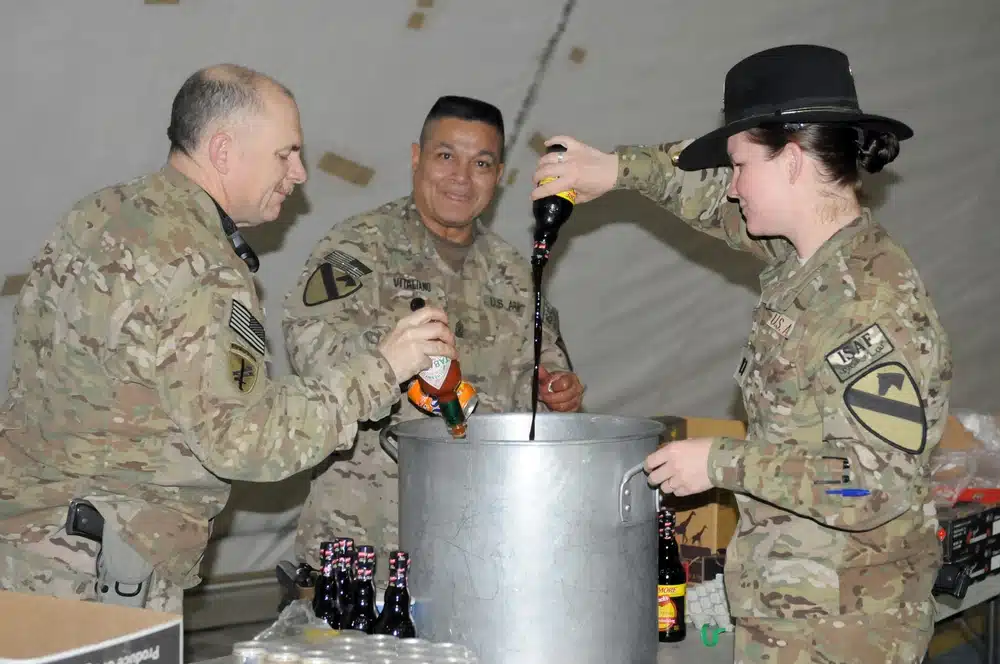
Chow breaks up the monotony of being in the field. You can be cold and wet, miserable with no sign of relief in sight, but when you open that Meal Ready to Eat (MRE) bag, the world gets a little better. (Unless it’s veggie omelet.) Inside that MRE bag sits food, crackers or bread, hopefully, Jalapeno cheese, and maybe even Skittles. At the bottom of the bag sits the accessory pack. The accessory pack contains things like napkins, matches, instant coffee, creamer, and sugar… oh, a little 1/8-ounce bottle of Tabasco sauce.
A good MRE chef can take your Meal Ready To Eat to an entirely different level. A good MRE chef works by feel, crafting various incarnations with only what’s provided. In that situation, the Tabasco sauce can be the lynchpin to taking a plain meal to the next level. Tabasco sauce is one of the few pieces of branded food items inside an MRE, and it’s by far the most common.
How did it get there? Isn’t that the question? Believe it or not, it goes beyond just Tabasco getting a contract.
A short history of Tabasco sauce
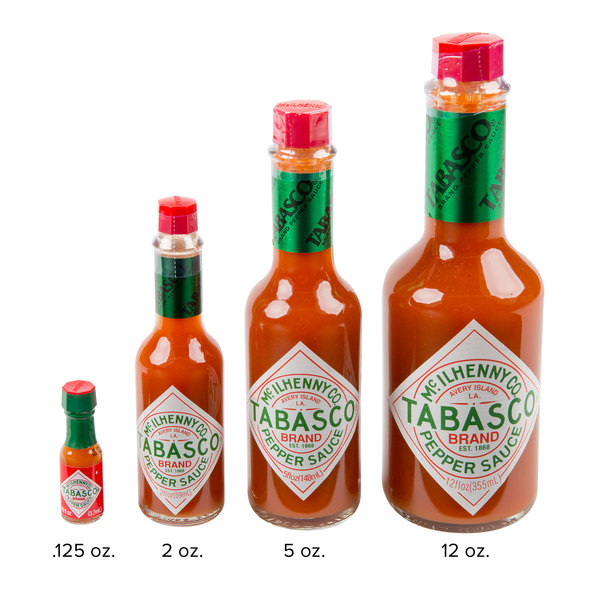
Edmund McIlhenny founded the Tabasco company in the American south right after the Civil War. The dates seem murky, but by 1868 it’s known that McIlhenny was growing his first crop of tabasco peppers. Tabasco sauce is a simple sauce that mixes tabasco peppers aged and mashed with vinegar and salt. It’s simple, tasty, and works best in small doses.
Since the founding of the company, the McIlhenny family has passed it down and kept it a family business. That family has also served their country when needed with John McIlhenny serving with Theodore Roosevelt’s Rough Riders.
More famously, a younger family member named Walter S. McIlhenny served in both the National Guard and the United States Marine Corps.
Walter McIlhenny – Aka Tabasco Mac
Walter McIlhenny had a strong call to join the United States military.
While he certainly had an interest in military service, he also felt a duty to the family business. As he began training to take over the Tabasco company, World War II broke out, summoning McIlhenny to serve his country.
In the service, he earned the nickname Tabasco Mac. He served with distinction in Guadalcanal and Peleliu, as well as New Britain. In Guadacanal, we earned the Navy Cross, the Silver Star, and his first Purple Heart. In Peleliu, he received a second Purple Heart.
Related: Is ‘The Pacific’ better than ‘Band of Brothers’?
After World War II
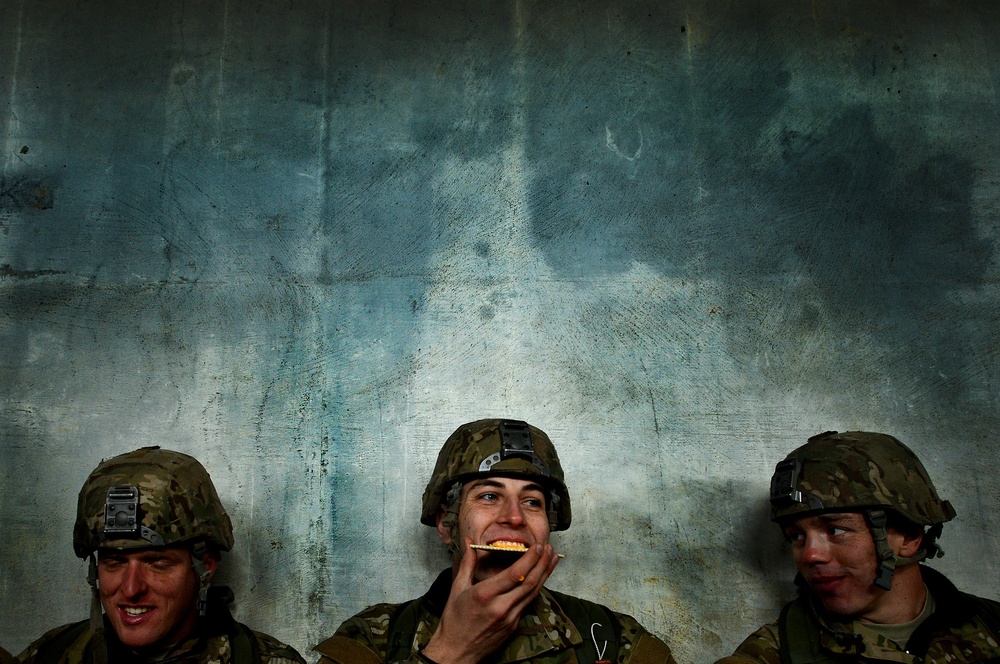
Walter Stauffer McIlhenny resumed leadership of the Tabasco company and left the United States Marine Corps Reserve as a brigadier general in 1959. This is where the combination of military service and Tabasco sauce could end, but McIlhenny would go to make a genius marketing move.
He wrote a cookbook called Charlie Ration Cookbook or No Food Is Too Good for the Man Up Front. The cookbook can be found at Archive.org to read for free. It’s a short, humorous book that uses C-Rats as the main course and teaches troops ways to improve them. Recipe names were humorous and included options like Cease Fire Casserole and Guard Relief Eggs Benedict.
However, each one of these cookbooks included a two-ounce bottle of Tabasco sauce, which was also an ingredient for many of the included recipes. Also, the company was making small, easy-to-carry bottles that didn’t need refrigeration nor expired quickly. This combination of smart marketing and cultural appreciation is what led Tabasco sauce to land in nearly every MRE meal.
The MRE and some spicy sauce

In the 1980s, the United States Army moved away from the dreaded C-Rats to MREs. Troops loved Tabasco so much that the Army noticed, and by 1990, the Army was officially including ⅛ ounce of Tabasco sauce bottles into MREs.
In 2021 they moved away from the tiny glass bottles to more ketchup-sized packets to save weight and cost.
To do this day, MREs still pack a dose of Tabasco sauce. Thus, the history of the United States military and Tabasco sauce continues to grow together.
Feature Image: Task Force Maverick spur holders prepare the grog for the spur ride Feb. 21 at the clamshell. The grog contained a mixture of orange soda, Tabasco sauce, onions, banana peels, and a healthy dose of vinegar in addition to other ingredients. At the culmination of the spur ride, each of the 26 candidates who earned their golden combat spurs chugged a glass of the grog’s contents in celebration of their achievements. (Photo by Sgt. Andrea Merritt/7th Mobile Public Affairs Detachment)
Read more from Sandboxx News
- Which is better: Astronaut space food vs MREs
- Army’s special operations are coming to a high school near you
- Letters to Loretta: Surviving through the brutal German winter
- Sabotage targets: A saboteur’s guide to targeting an invading force
- Behold the glory of the Air Force chief’s very own BBQ brisket recipe
Related Posts
Sandboxx News Merch
-

‘AirPower’ Classic Hoodie
$46.00 – $48.00 Select options This product has multiple variants. The options may be chosen on the product page -

‘Sandboxx News’ Trucker Cap
$27.00 Select options This product has multiple variants. The options may be chosen on the product page -

‘Kinetic Diplomacy’ Bumper Sticker (Black)
$8.00 Add to cart

Travis Pike
Travis Pike is a former Marine Machine gunner who served with 2nd Bn 2nd Marines for 5 years. He deployed in 2009 to Afghanistan and again in 2011 with the 22nd MEU(SOC) during a record-setting 11 months at sea. He’s trained with the Romanian Army, the Spanish Marines, the Emirate Marines, and the Afghan National Army. He serves as an NRA certified pistol instructor and teaches concealed carry classes.
Related to: Military History

The Switchblade, loitering munitions, and the new terrifying face of warfare
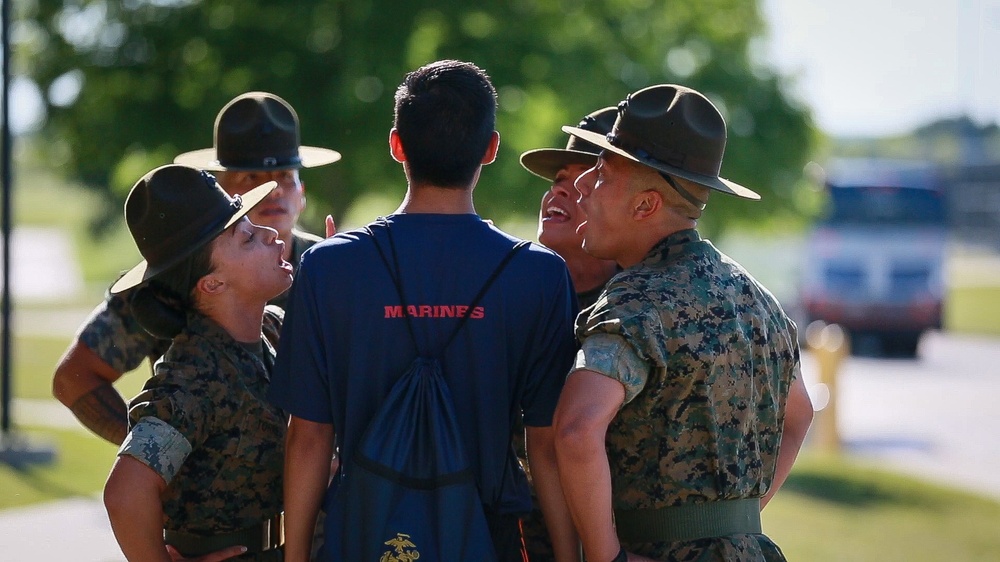
5 ways to prepare and survive the Marine Corps boot camp
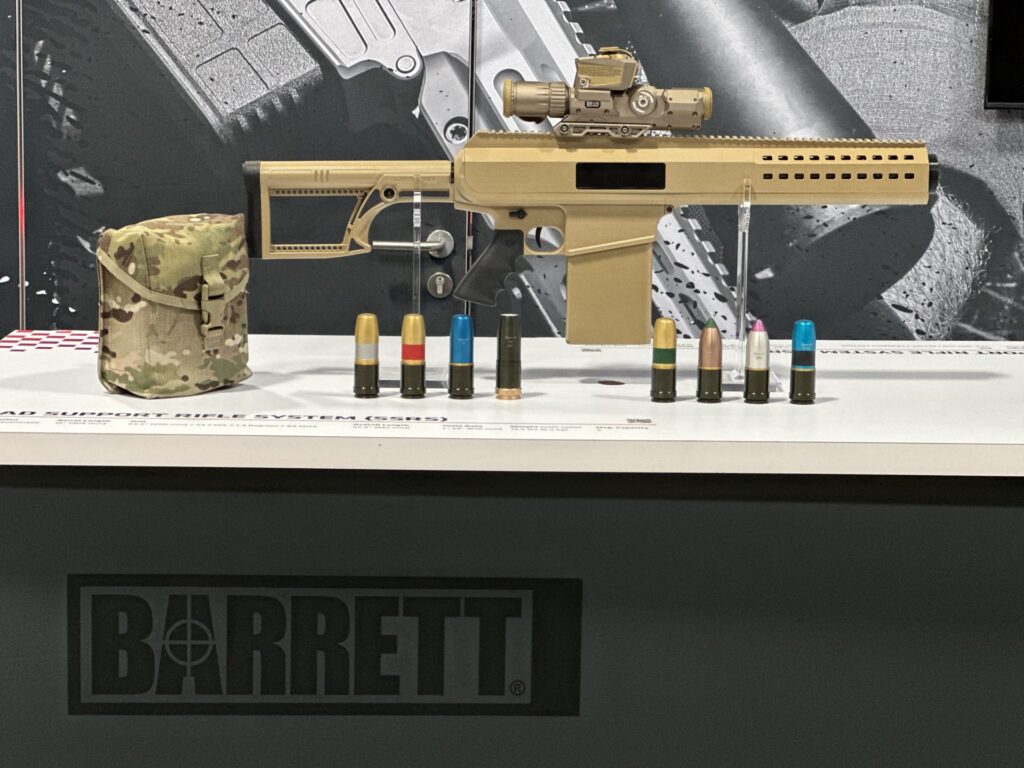
Barrett’s Squad Support Rifle System will make infantry squad deadlier
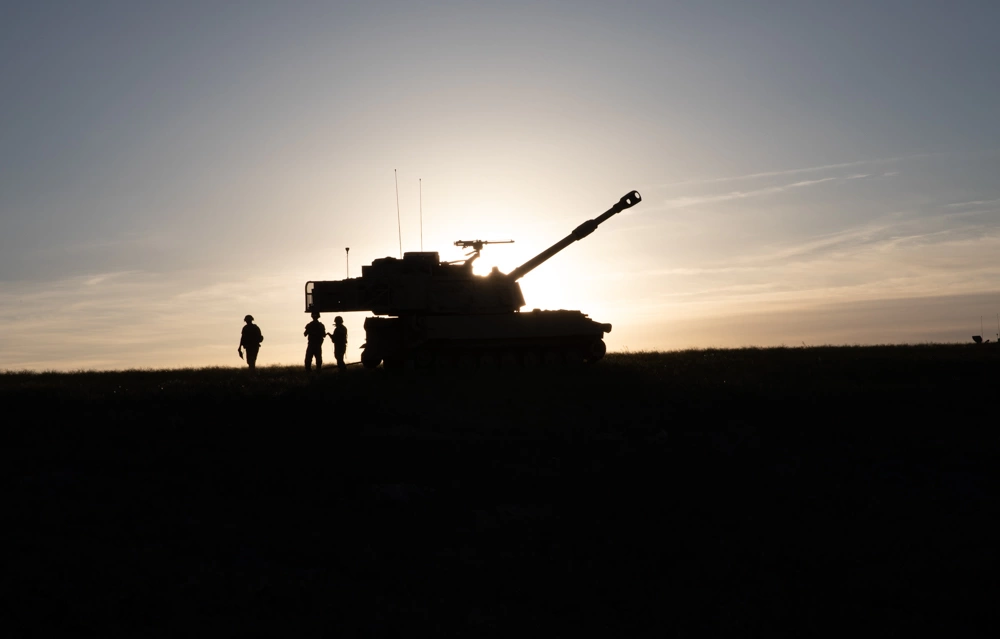
The unique world and uses of howitzers
Sandboxx News
-

‘Sandboxx News’ Trucker Cap
$27.00 Select options This product has multiple variants. The options may be chosen on the product page -

‘AirPower’ Classic Hoodie
$46.00 – $48.00 Select options This product has multiple variants. The options may be chosen on the product page -

‘AirPower’ Golf Rope Hat
$31.00 Select options This product has multiple variants. The options may be chosen on the product page -

‘Sandboxx News’ Dad Hat
$27.00 Select options This product has multiple variants. The options may be chosen on the product page
